Entry Type: Thing
Ernest Green Story, The
Eros School Building
Esocids
aka: Pikes
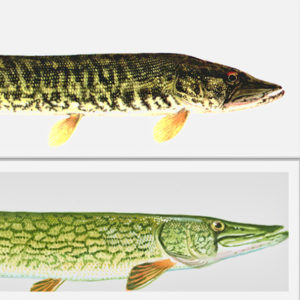 Esocids, Native
Esocids, Native
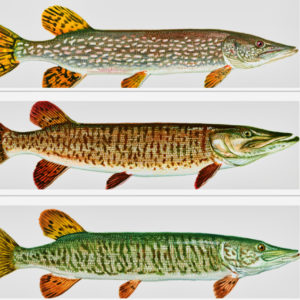 Esocids, Introduced
Esocids, Introduced
 Esse Purse Museum Display
Esse Purse Museum Display
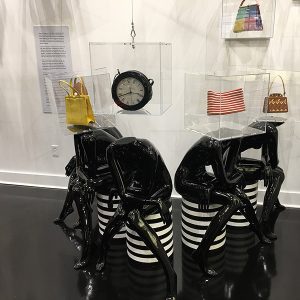 Esse Purse Museum Display
Esse Purse Museum Display
Esse Purse Museum
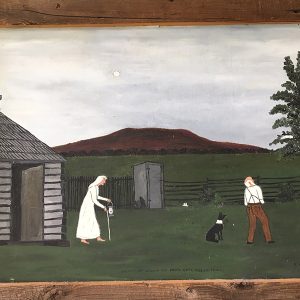 Essie Ward Painting
Essie Ward Painting
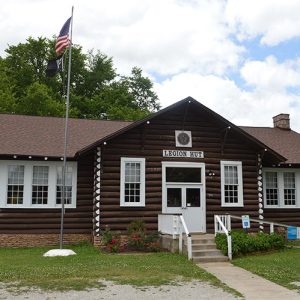 Estes-Williams American Legion Hut 61
Estes-Williams American Legion Hut 61
Estes-Williams American Legion Hut 61
 Etheostoma
Etheostoma
Eureka Springs Baby
aka: Eureka Baby
aka: Petrified Indian Baby
Eureka Springs Historical Museum
 Eureka Springs War Memorial
Eureka Springs War Memorial
 European Hornet
European Hornet
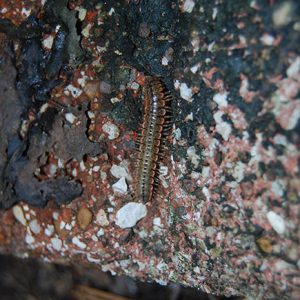 Eurymerodesmus
Eurymerodesmus
 Evening Mood
Evening Mood
Evening Shade
Everton School
Evolution, Teaching of
Exact and Very Strange Truth, The
 The Exact and Very Strange Truth
The Exact and Very Strange Truth
 Exotic Fish
Exotic Fish
Exotic Fish
Experimental Forests
 Explosion Debris
Explosion Debris
Extinct Animals [Historic Period]
Extinct Animals [Prehistoric Period]
Face in the Crowd, A
 A Face in the Crowd
A Face in the Crowd
 A Face in the Crowd Ad
A Face in the Crowd Ad
Factory System
aka: Indian Trading Posts
aka: Indian Factory System
Fair Park Golf Course
aka: War Memorial Golf Course
Fair View School
Fairchild, Barry Lee (Trial and Execution of)
Fairview Cemetery—Confederate Section
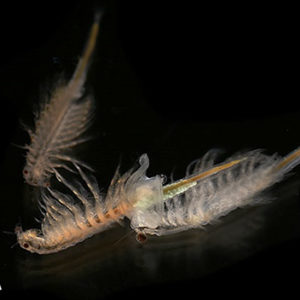 Fairy Shrimps
Fairy Shrimps
Fairy Shrimps
aka: Anostraca
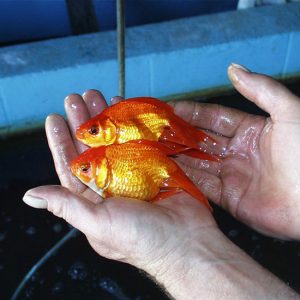 Fan-tailed Goldfish
Fan-tailed Goldfish
Far West Seminary
Farkleberry
 Farkleberry and Faubus
Farkleberry and Faubus
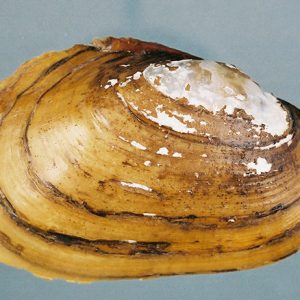 Fatmucket - Female
Fatmucket - Female
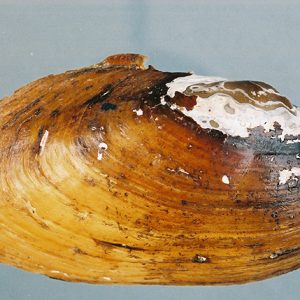 Fatmucket - Male
Fatmucket - Male
 "Fattening Frogs for Snakes," Performed by "Sonny Boy" Williamson
"Fattening Frogs for Snakes," Performed by "Sonny Boy" Williamson
 Faubus: The Life and Times of an American Prodigal by Roy Reed
Faubus: The Life and Times of an American Prodigal by Roy Reed
 Faubus Campaign Brochure
Faubus Campaign Brochure
 Faulkner County Veterans Monument
Faulkner County Veterans Monument




